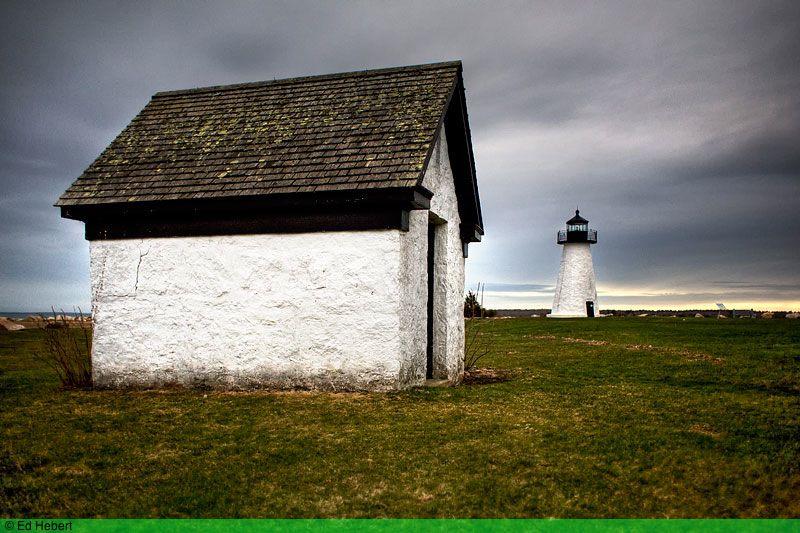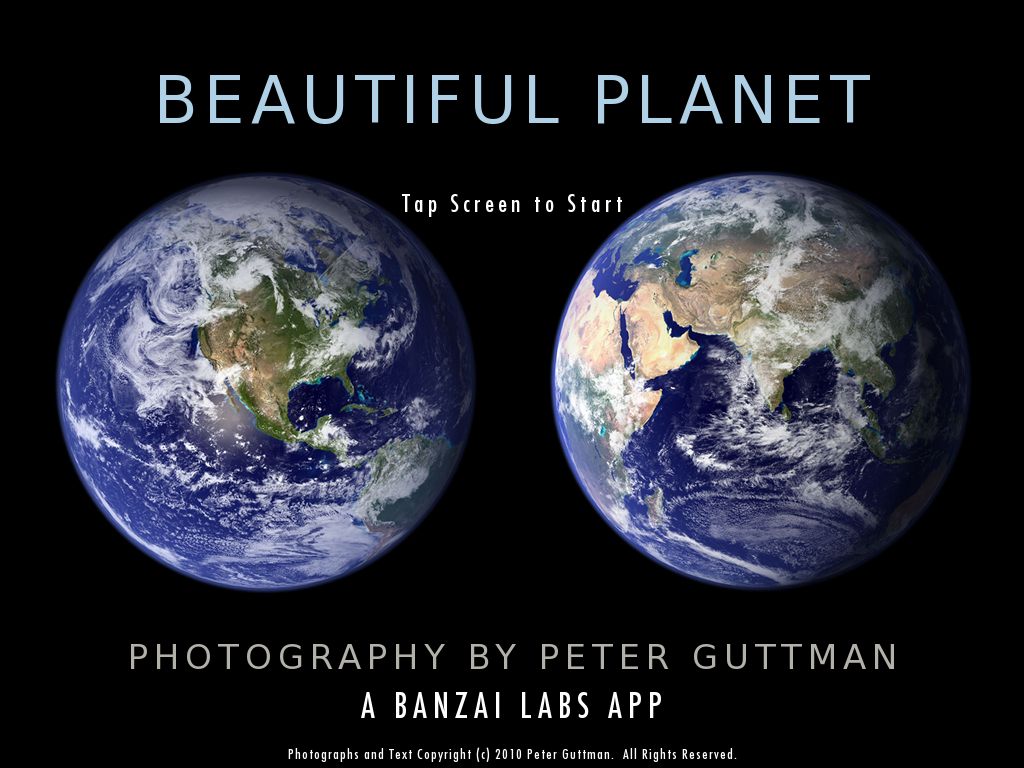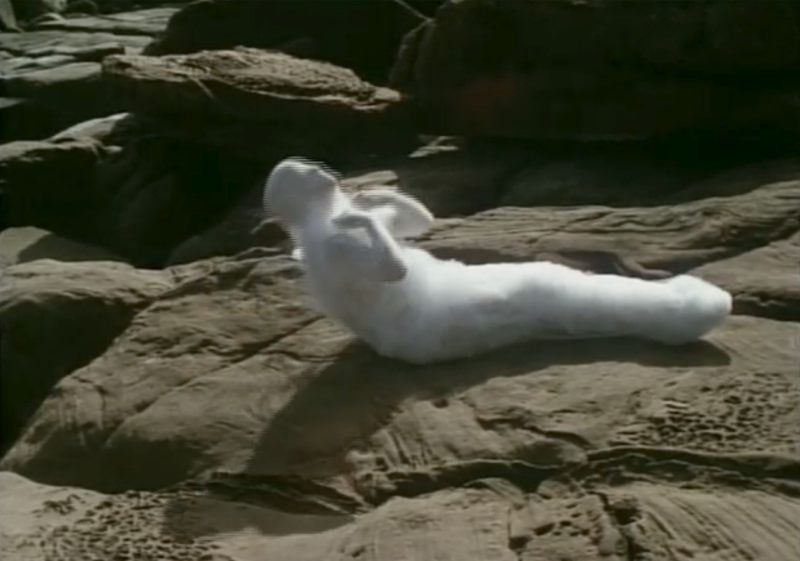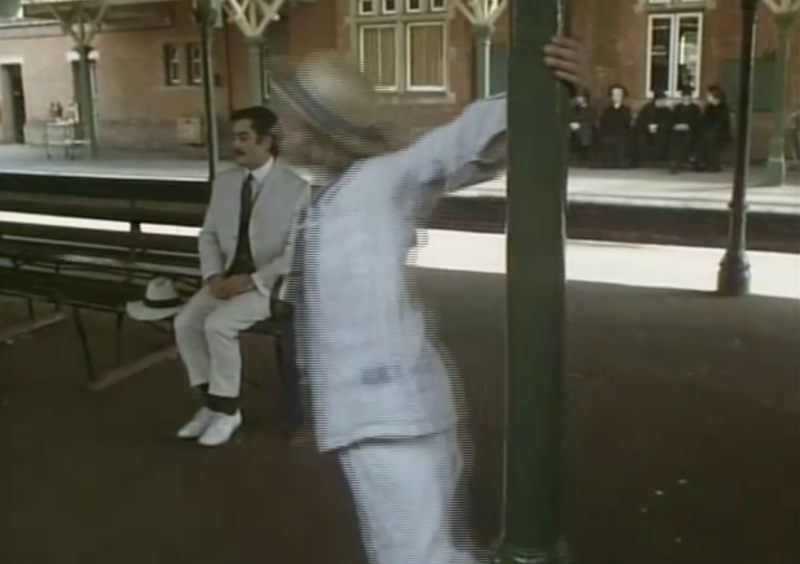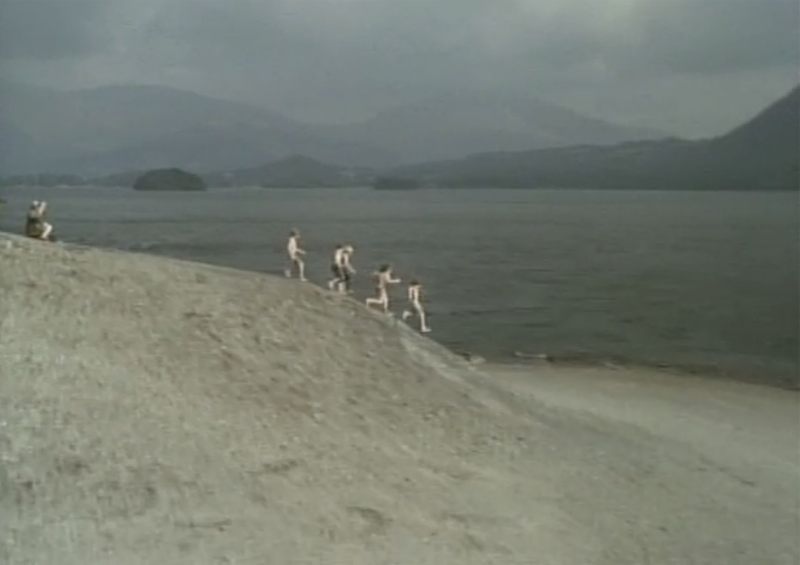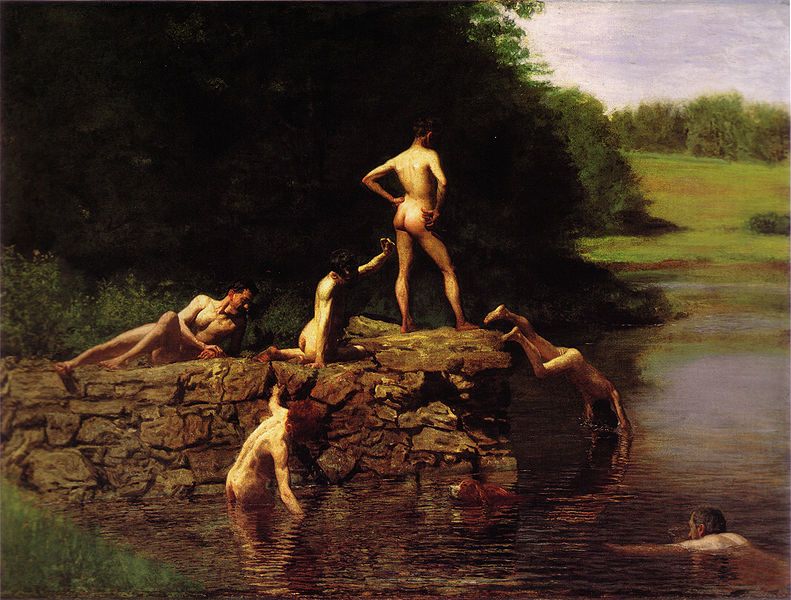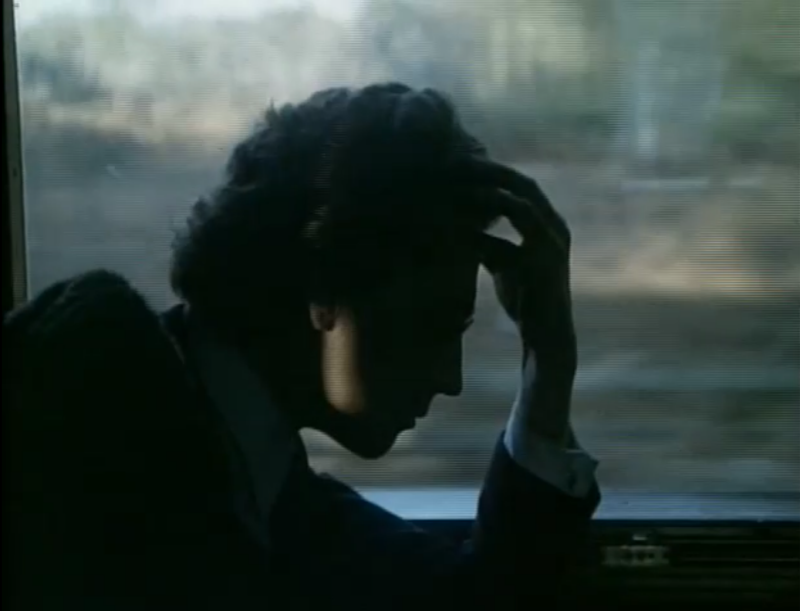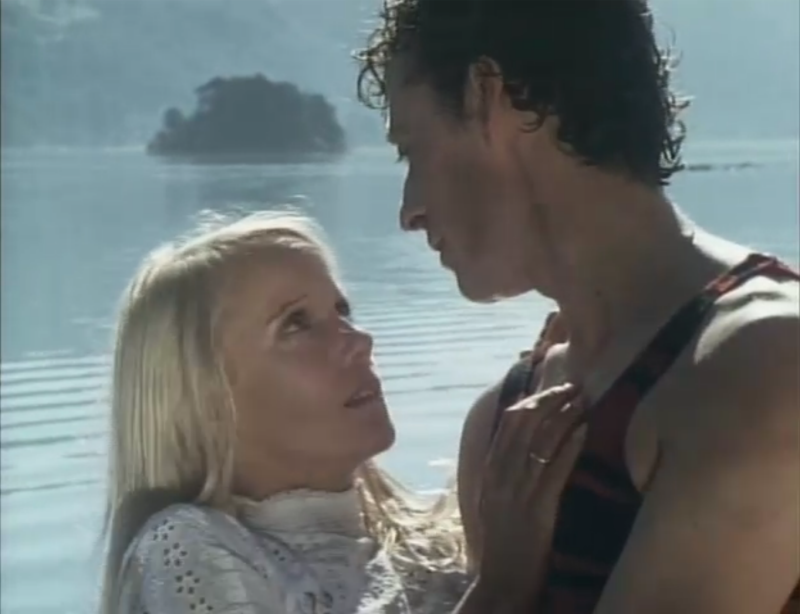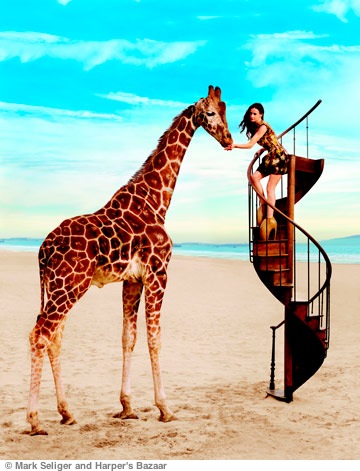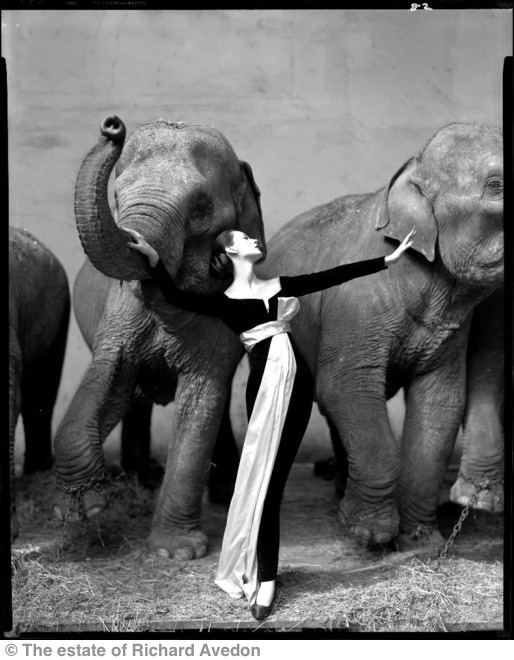A fine New England photographer.
I first came across Ed Hebert’s work when photoblogging a few years back and suspect that our shared love of both Edward Hopper and Keld Helmer-Petersen was the catalyst for my interest. While Ed frequently does extensive post-processing on his images there’s no issue of striving for effect, for his originals are powerful, sparse, well seen and expertly composed.
Ed makes his home on the Atlantic Ocean in Fairhaven, MA, and you can see his love of the seaside and its landscape from the many examples on his beautifully presented web site. His strong design aesthetic is clearly reflected not just in his work but also in its presentation.
Here are a few of my favorites, reproduced with Ed’s permission – see more by clicking the link above for his web site where you can both view and purchase his work. Ed’s comments, below, are italicized.
* * * * *
Most of my photography is nothing more than a visual representation of the relationship I have with my environment. My photography interacts with the elements of my surroundings in a manner that provides an immediate and palpable sense of place – wherever that place may be. And it’s usually simple, common objects or visual fragments of these elements that hold the strongest allure for me. These fragments are what gets extracted from the whole when we experience our world every day. It’s the stuff that burns into our memories when we think back hoping to remember these places years from now. These fragments of future memories are my subject matter.
I’ll find my subjects in the most common of everyday objects and places – they are mailboxes, doors, benches, signs, paths, structures. These commonly overlooked objects reward me with a defining memory of my experience of the moment, and in return I try to reward them with an uncommon moment in the spotlight of visual recognition.
Since I’ve spent most of my days on the shores of coastal New England, I imagine my style is most heavily defined by this region. But while my subject matter reflects my surroundings, I think my style follows a bit of a more reserved and restrained approach that is commonly associated with New Englanders. If so, guilty as charged.
Since I might be approaching my photography with more restraint, I’m not often interested in capturing objects or landscapes with the same majestic style of those photographers whose images often find their subjects gasping with immediate pleasure, as if watching fireworks explode overhead. Instead, my work is celebrating the quiet beauty of everyday places and objects usually overlooked in favor of a more overtly attractive subject. Further, I typically offer my images with a quiet, sometimes even melancholic presentation. They speak with a much softer voice, and to some the work doesn’t speak at all. But for those who spend time with the photographs, the objects usually keep speaking. Critics of my work have mentioned that it wasn’t until a second or third viewing of an image that they began to understand what was being offered by the photograph. From there, they began to connect with the emotional outpouring offered by the seemingly simple compositions.
These photographs are nothing more than my memories of the world that’s surrounded me. My hope is that by making these photographs, others will appreciate or connect with these memories as well.
* * * * *
Catboat, Screen Door – This photograph was made on Nantucket, and presents a representative fragment of the local personality. The catboat decorated door rail and weathered bronze handle help define the understated, seafaring architecture of this coastal area.
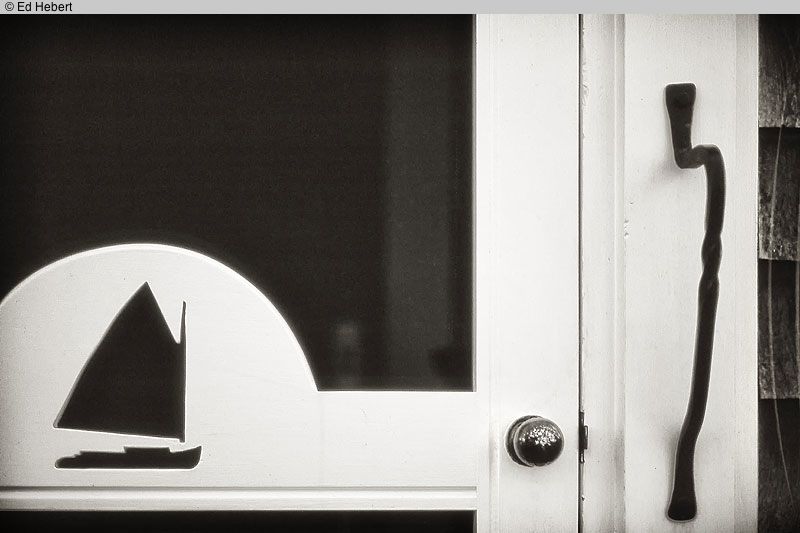
Green Hull and Bilge – The subject of this photograph is one that most would find of little appeal. It’s the water line of a well-worn commercial fishing boat hull, taken as it pumps its bilge into the water of the working harbor of New Bedford, MA. The play of light on these textured hulls presents some uncommonly beautiful abstract compositions, which I’ve assembled into a series called The Shipyard.
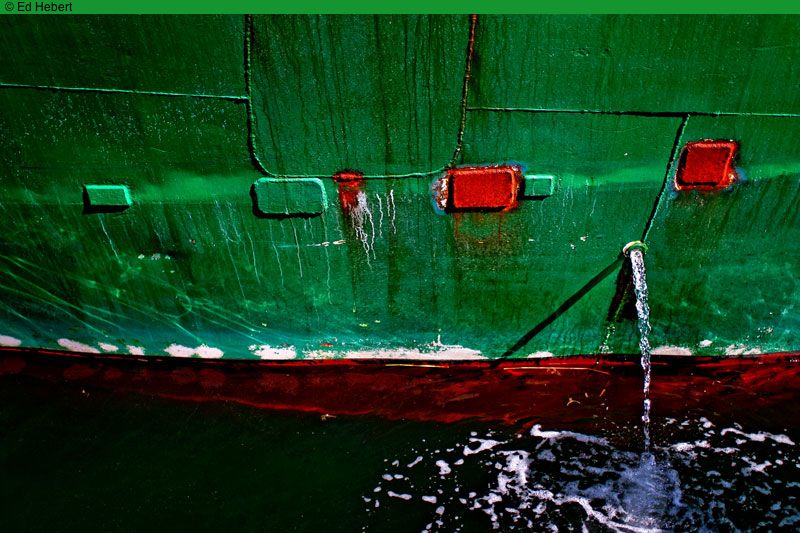
Bench – This is a simple bench that sits on the porch of the building of a cranberry grower in Rochester, MA. One shutter peers open in the window, as if someone recently took a peek outside.
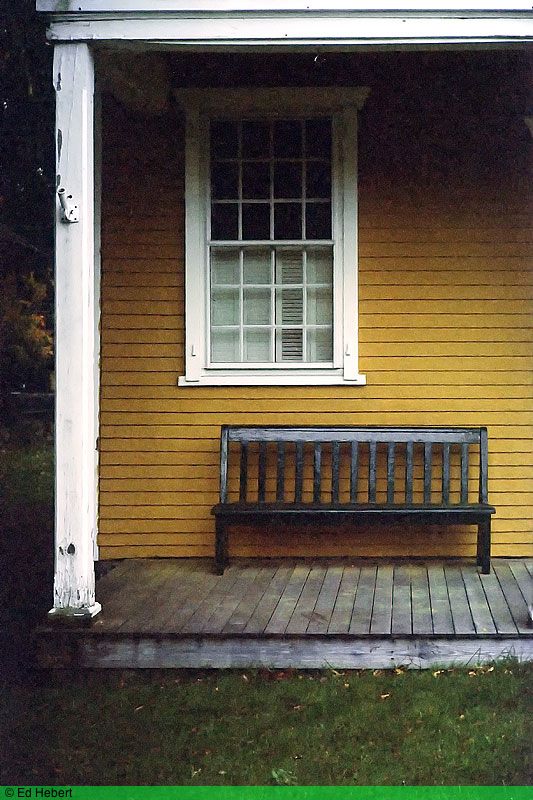
Mailbox – This is the mailbox of a neighbor from down the street. The husband has passed away years ago, but his name still tops her mailbox, its bent flag waving to no one. He is gone now. I think this mailbox is telling us all of this itself.
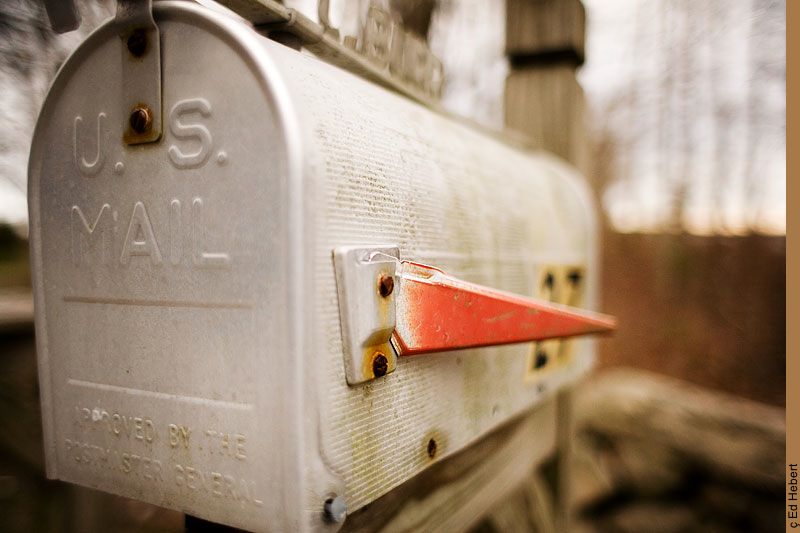
Oil House and Lighthouse – This lighthouse is a local landmark in Mattapoisett, MA. It’s been photographed by thousands over the years. While the Lighthouse enjoys considerable attention, an interesting oil house sits just a few yards away, overlooked by almost everyone who visits the site. Here, I give the oil house the forefront, and relegate the lighthouse to a supporting role.
